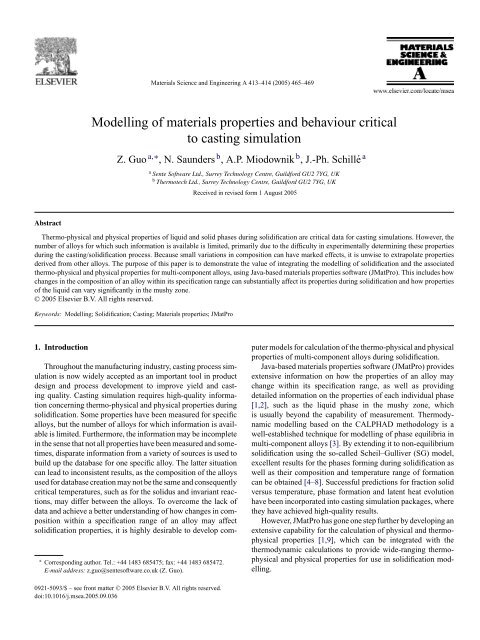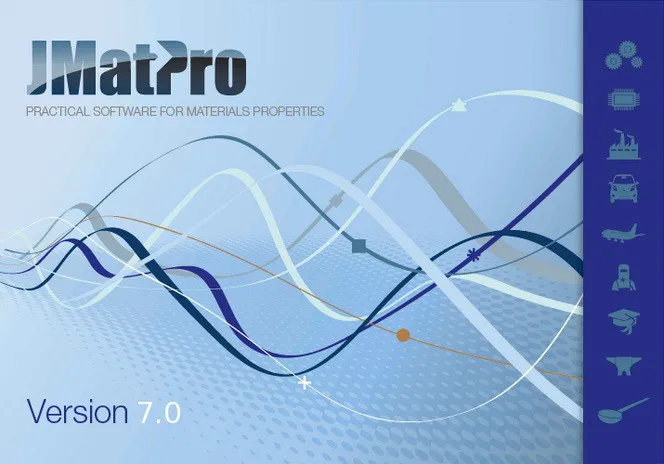

Materialįor this article, we will use two alloys: SAE 1045 and SAE 5140 (Table 2). Curve shown is for Houghto-Quench G at 60☌ with no agitation.

Figure 1: Typical cooling curve of a medium speed oil quenchant. This is due to a unit conversion error I made in the last article. Please note that Table 1 is different from the table in the previous article. This quenchant has a cooling rate of 48.2☌/s at 705☌. Quenchantįor the quenchant, we will use a medium speed general purpose quenchant (Figure 1). The data has been corrected to the proper units. Note that this table is different from the previous article. Table 1: Grossman H-Values for typical slow, medium, and fast quench oils, plus water.

We are going to use JMatPro for the calculation of necessary data. In the second method, we are going to use the Swerea Smart Quench Integra. In the first method, we are going to use the classical Grossman H-Value and the Lamont charts. In this column, we are going to look at different methods of property prediction and see how they compare. In the article before last, we described a method of using the Lamont charts to predict hardness based on the Jominy test, and an assumed Grossman H-Value. In the last article, we described a method of calculating the Grossman H-Value.


 0 kommentar(er)
0 kommentar(er)
